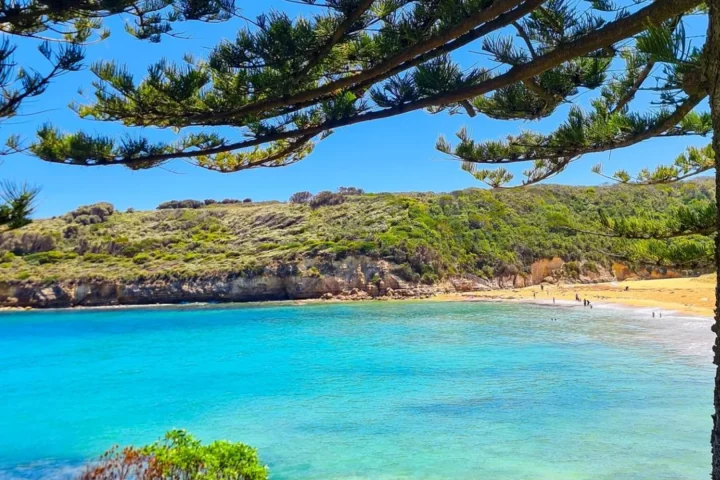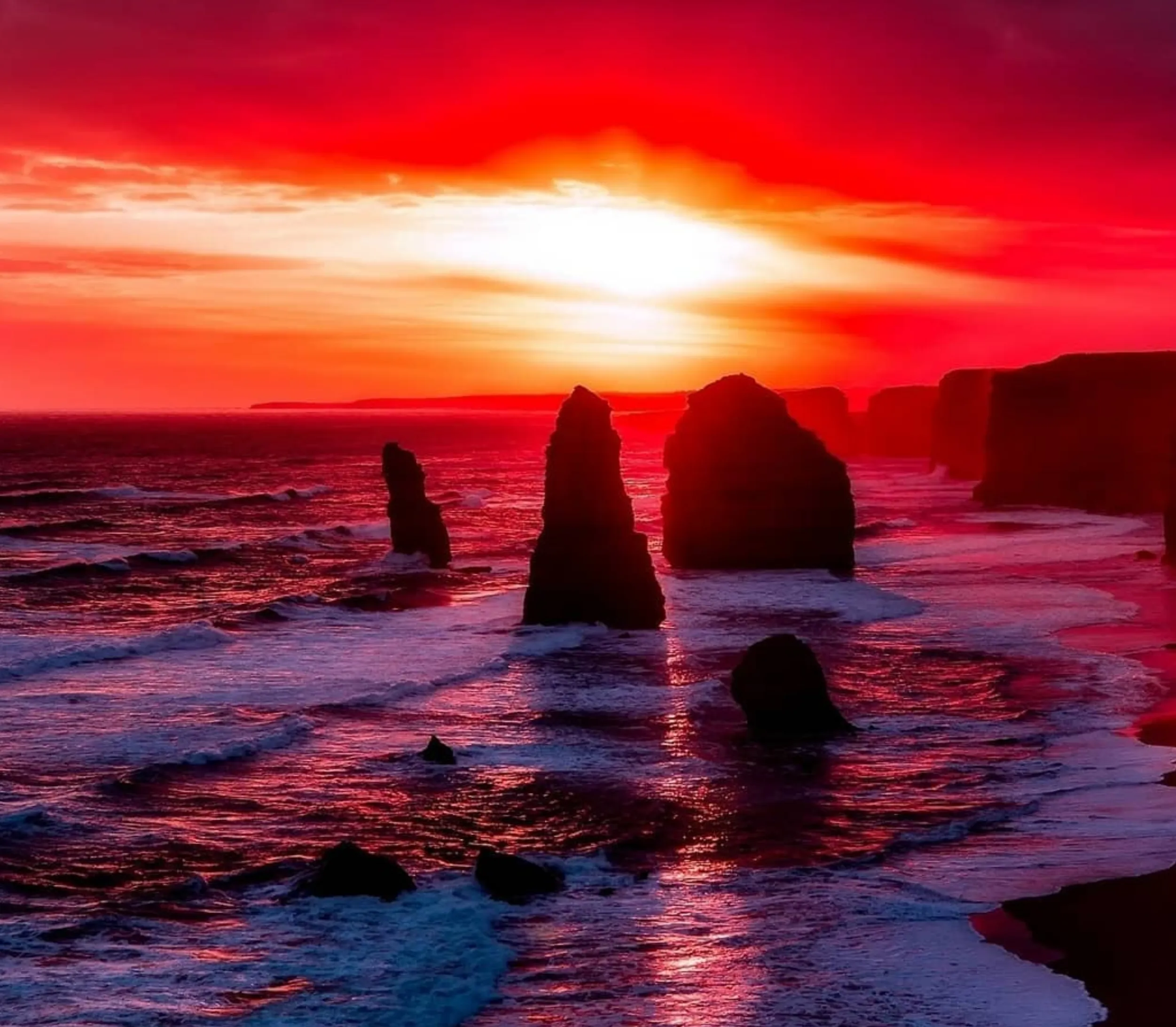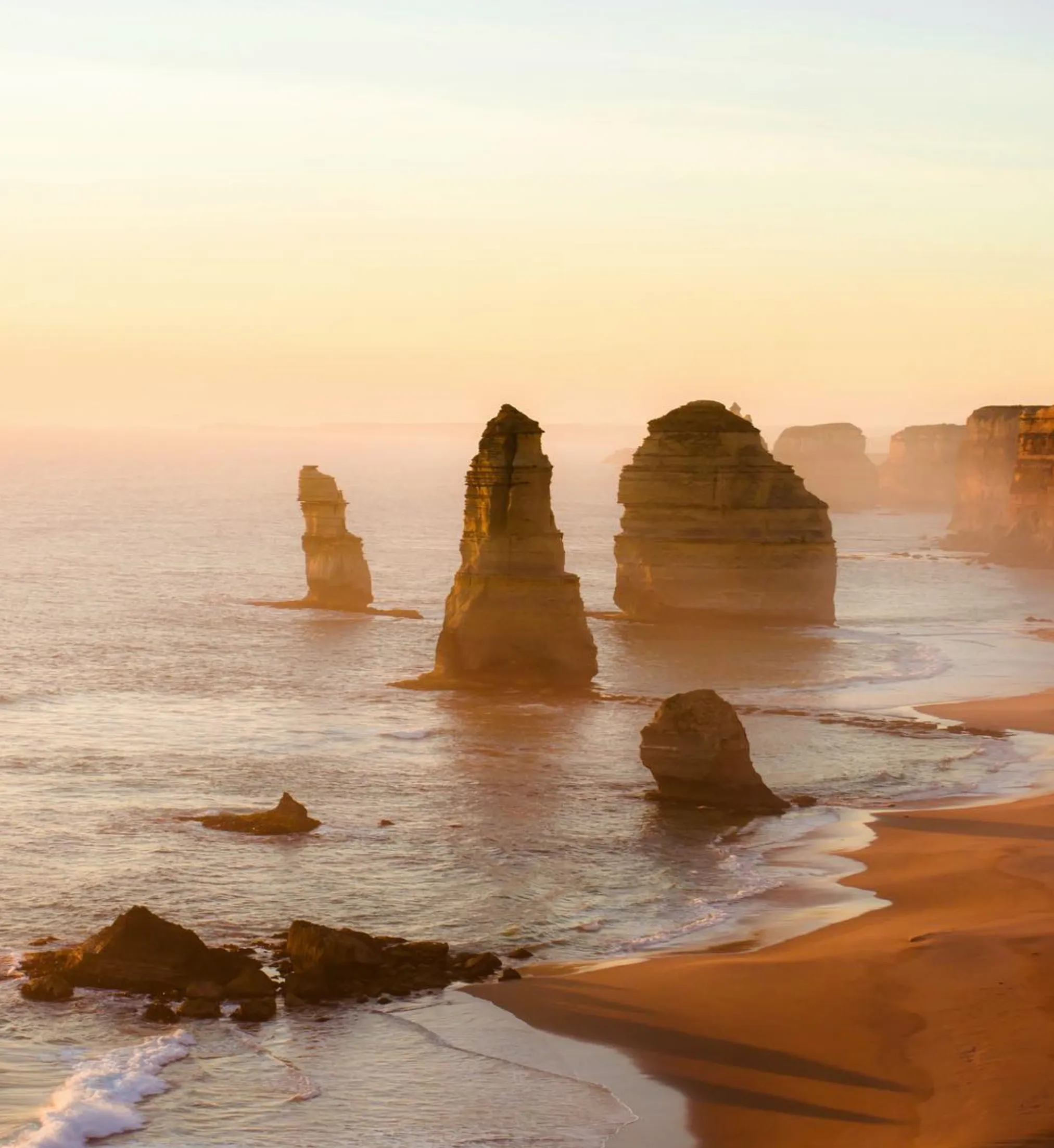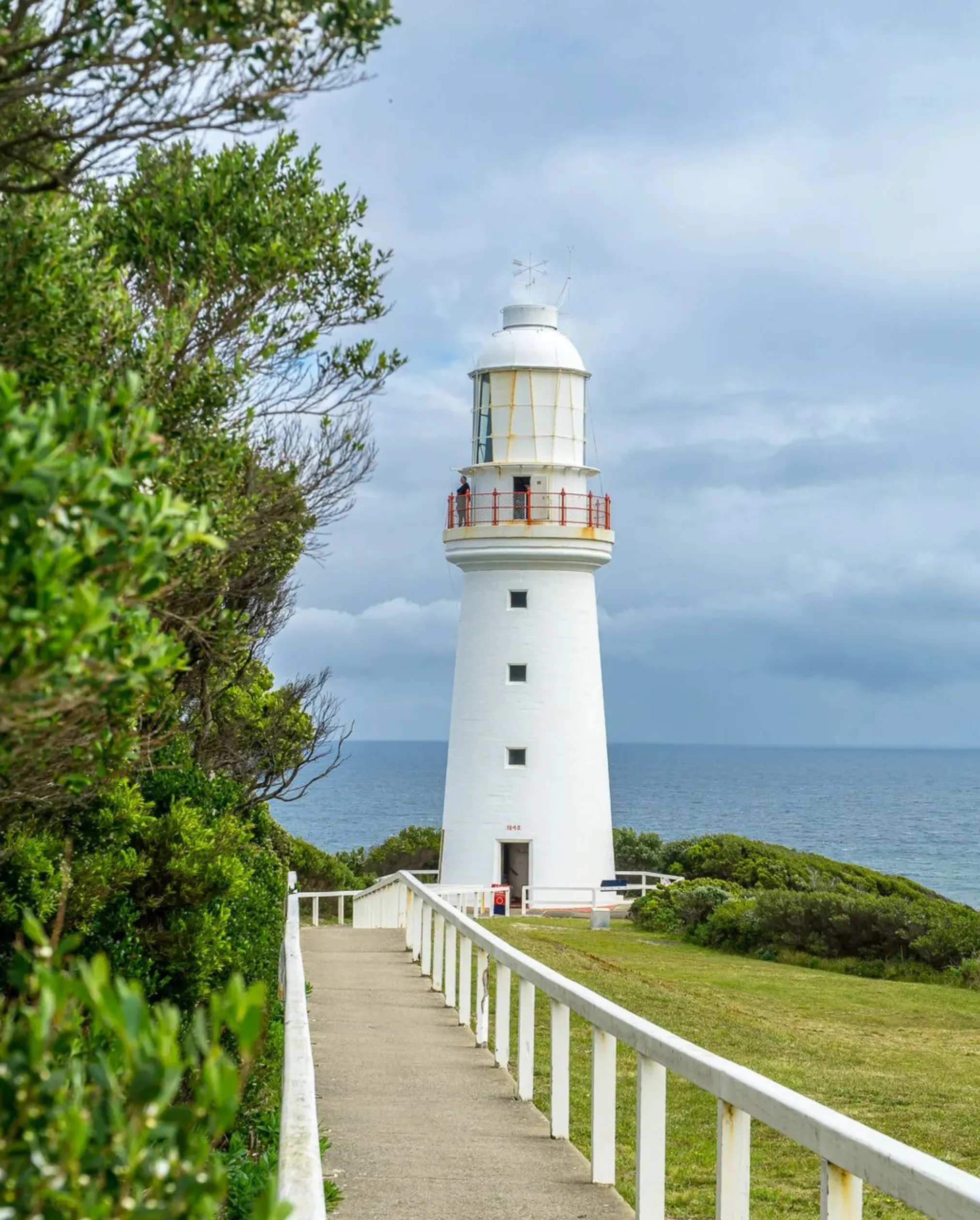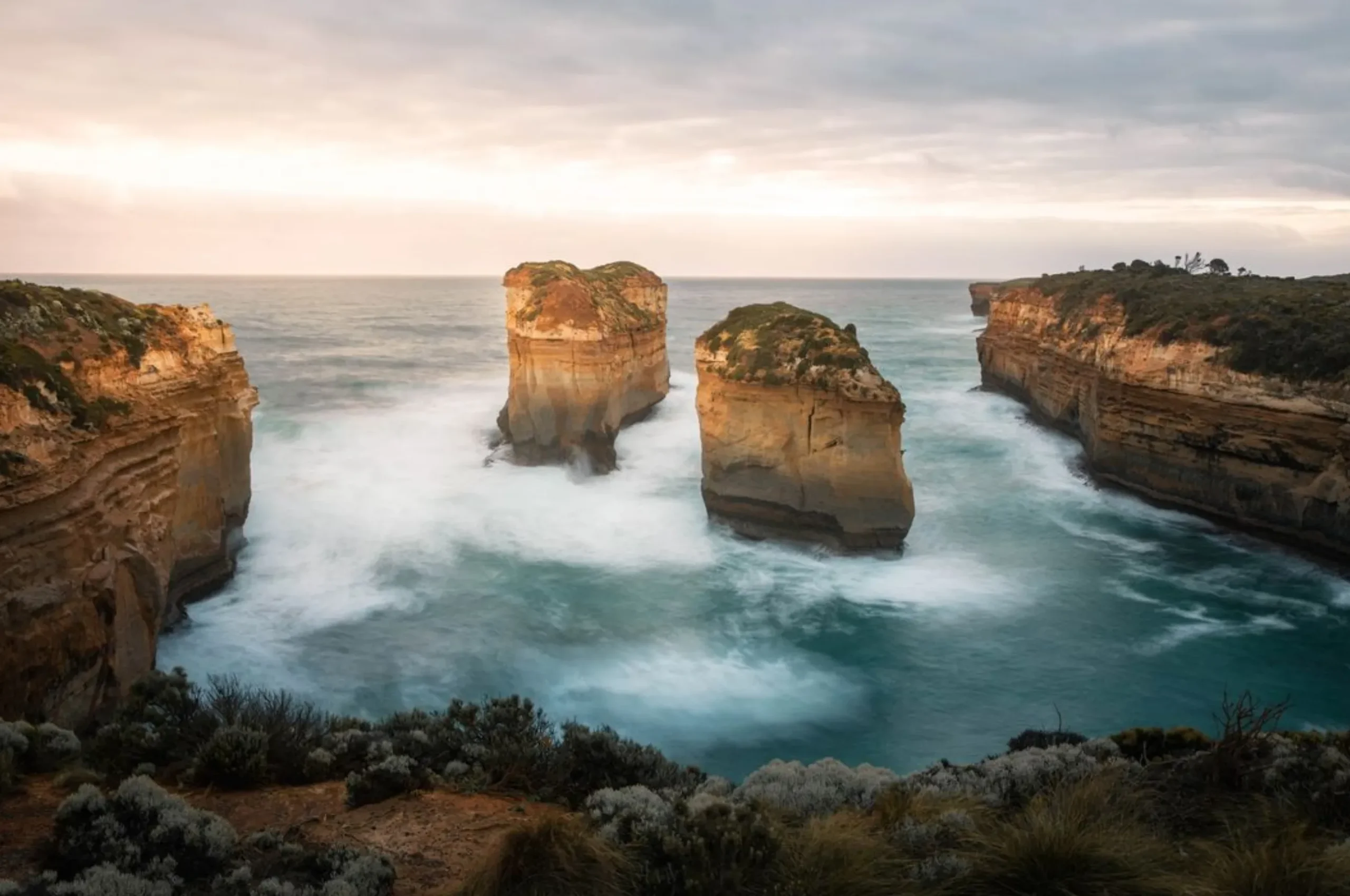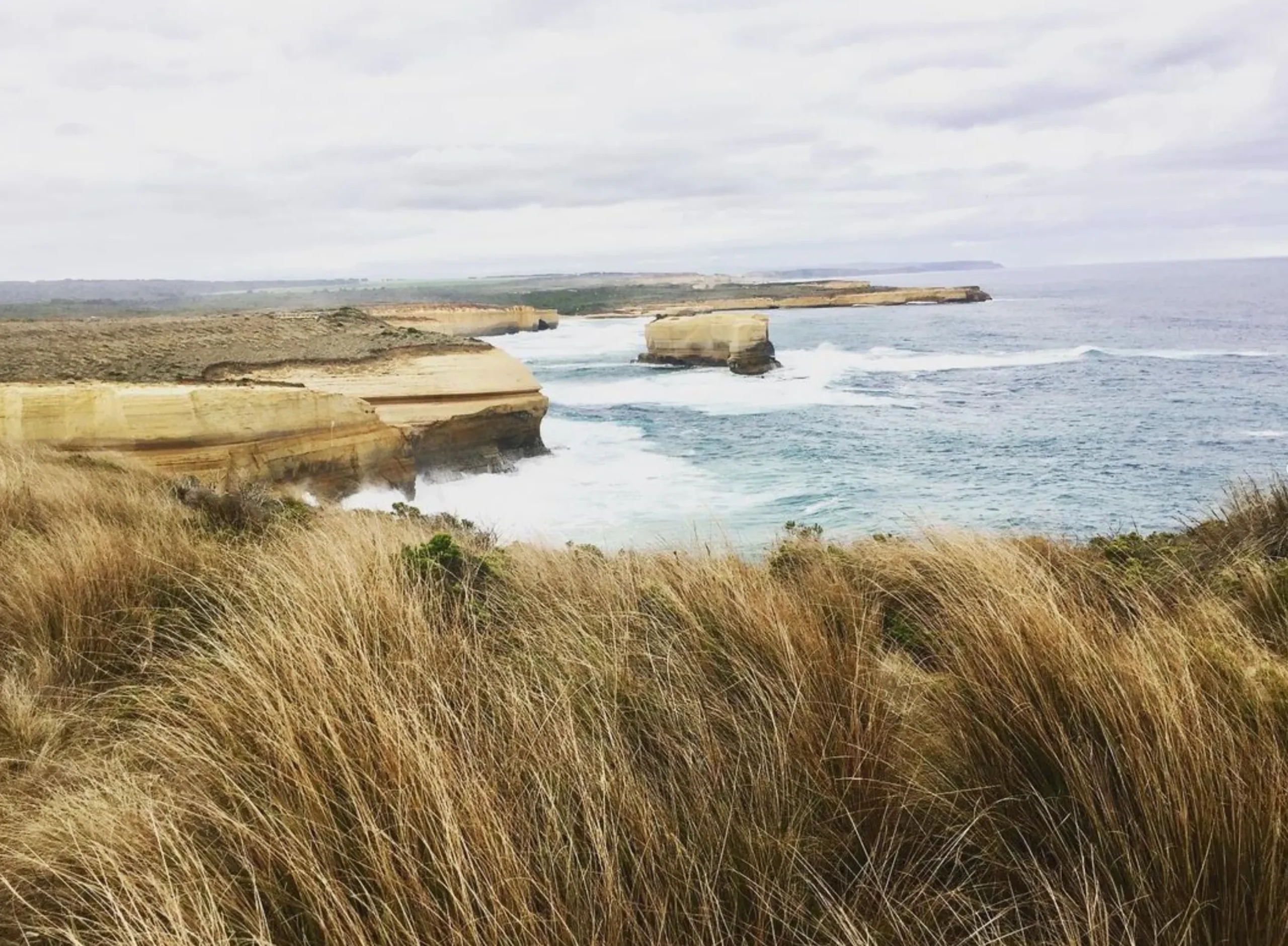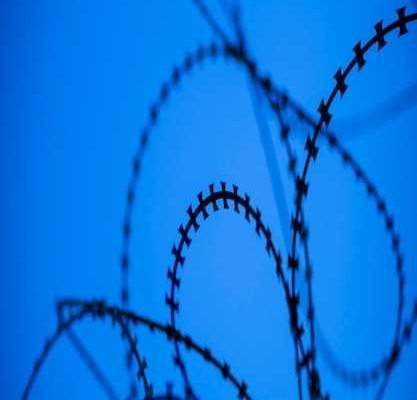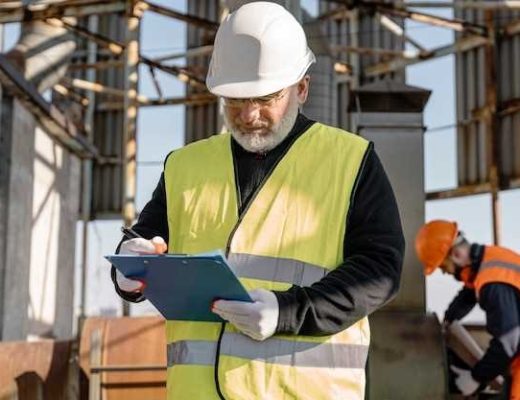The Twelve Apostles, situated on the Great Ocean Road in Australia, are a magnificent series of limestone stacks located offshore. Due to stunning sights such as these and others nearby including Loch Ard Gorge, London Bridge and the Port Campbell National Park, there is a need for responsible tourism in protecting these natural features. This is a travel guide some of the activities that can be carried out within that region and still protect the surrounding environment.
What is Responsible Tourism?
Responsible tourism entails understanding the consequences of one’s actions to the environment and the persons residing on the area. Whether in shadow of Apollo Bay for a day excursion, taking a 2 Day Great Ocean Road Tour, or going up or down the cliff walks close to Cape Otway, responsible tourism practice would probably make sure that such breathtaking places are preserved for the future.
Respecting the Natural Environment
Milanesia Beach and the 12 Apostles complement each other as rugged pieces of austere beauty. To aid in the conservation of this perfect landscape:
- Follow the Key Walks: Walking tracks are constructed to stop further erosions and mobile deviations affect in a great delicate ecological zone.
- Leave nothing but footprints: The love for the spectacular rock stacks often leads to the collection of rock debris which isn’t environmentally friendly.
- Pack it in, pack it out: Proper waste management practices are recommended. No matter whether you are at the 12 Apostles, Port Campbell, or London Arch, please do not litter and make use of trash bins or take your trash with you.
Reducing Your Carbon Footprint
Great Ocean Road Tour has several options to lessen the negative impact on the environment:
- Instead of driving its better to use public transport or a bus/heavy vehicle which other day trippers would use to limit emissions during the tour. Since Wannon Falls is not very far from Port Campbell and London Bridge (approximately a 12 min drive) one can opt to use a bus in order to counter carbon emissions where possible.
- Consider staying at eco-friendly places such as Port Campbell Holiday Park and Blanket Bay, which implement responsible tourism, such that the environment is preserved in every way possible.
- Consider taking day trips to see the area with the help of companies that are eco certified such as Otway Eco Tours who focus on promoting conservation and low impact travel practices.
Supporting Local Communities
Along the course of the Great Ocean Road, there are small settlements such as Apollo Bay, Lavers Hill, and Cape Otway which provide variations in the regional culture.
- Buy local: Whether it’s a small suvinier or a meal in one of the resturants in Port Campbell or Campbell National Park, there is an opportunity to support small businesses hence supporting the local economy.
- Appreciate the Indigenous people: Aboriginal Traditional Owners take care of the land stretching along the Great Ocean Road. Take care of the local people’s culture and helps, due to this many historical places in the region are accompanied by tours led by the Aboriginal land owners.
Preserving Wildlife and Natural Resources
The 12 Apostles region has its share of wildlife that consists of and is not limited to flora, koalas, wallabies and other birds species. Responsible viewing should be a priority for visitors.
- When agencies will conduct animal or tree spotting activities, the individual has to keep a reasonable distance from animals most especially wildlife. This avoids stress on the animals and possible threats to endangered species.
- Do not feed the animals: In an irresponsible act one may feed animals. Animals feeds are not the right way to sustain the wild relations.
Eco-Friendly Practices During Your Visit
It is important to cut down waste and practice sustainable travel while enjoying the amazing coastline.
- Bring your own water bottles and avoid using single use plastics especially when you are on 12 Apostles Tour at scenic natural places like the Johanna Beach and Lake Elizabeth.
- Accommodation choices that conserve water, energy and minimize waste generation must be eco-certified. Cabin Accommodation in Port Campbell National Park would be ideal.
Exploring Safely and Responsibly
The safe integration of people and nature is possible while perusing sites such as Castle Rock or Mutton Bird Island or Cape Otway Lighthouse:
- Look at the weather before going out for hiking. Coastal conditions can shift loosely.
- Use the breadcrumb trails provided: Whether it is Angahook-Lorne State Park, coastal woodlands walking, or a rainforest with waterfalls in Cape Otway, breeching any provided paths for exploration is not ideal for an individual and also for the surroundings.
Educational and Cultural Awareness
An understanding of the history and Aboriginal culture of the area will enhance visitors’ experiences:
- Participate in organized eco travel: Otway Eco Tours provides services that includes information about the region’s geology, vegetation and wildlife.
- Head to such cultural sites and museums like the Flagstaff Hill Maritime Museum to know about the shipwrecks history of the place and the famous shipwrecks happened in Loch Ard Gorge.
Sustainable Accommodation Options
Most of the places of accommodation wishing to rent out space near the 12 Apostles emphasize responsible tourism:
- Eco-certified hotels in Australia include “The Cape Otway Eco Lodge accommodation” specialize providing accommodation services that use alternative energy sources and conserve water resources and less waste is produced.
- Port Campbell Holiday Park gives green hearted accommodation without compromising on visitors comfort.
Conclusion
The region of the Twelve Apostles and adjacent regions, as the Philiphist Bay of Islands Coastal Park and Grampians, Mount Gambier inclusive, are some of the stunning landscapes that Australia can boast of. As guests, it is our role to practice responsible tourism as we seek to preserve these wonders. If we thus adopt globally responsible principles, encourage local populations, and care for the environment, we shall be making it possible for the astonishing beauty of the 12 Apostles to be enjoyed in the coming years.
FAQs
What’s the best time to visit the site of the Twelve Apostles?
The main peak season is summer yet, fall and spring are much cooler and less crowded. A visit early in the morning or late in the day enables one to have a calm experience.
What conservation actions can individuals take in the area?
Supporting conservation is easy: respect park regulations and don’t go off the paths, and contribute money or time to local conservation projects. Other than all above, think about vacationing in sustainable hotels.
Can accommodations be found near the Twelve Apostles?
Yes, suitable alternatives include eco-certified lodges to Cabin Accommodation in Port Campbell National Park and also at Port Campbell Holiday Park.
Are swimmers in danger near the Twelve Apostles?
It has been made clear that swimming should not be done around the twelve Apostles since the currents are usually quite strong and conditions of the sea are unpredictable. Opt for less dangerous beaches, for example, Bells Beach or Johanna Beach.
Can I learn more about Aboriginal people during my visit?
To learn more about them, go on tours conducted by Aboriginal landowners or take a trip to cultural centers such as Tower Hill, as there is a long occupation of aboriginal people in the area.
